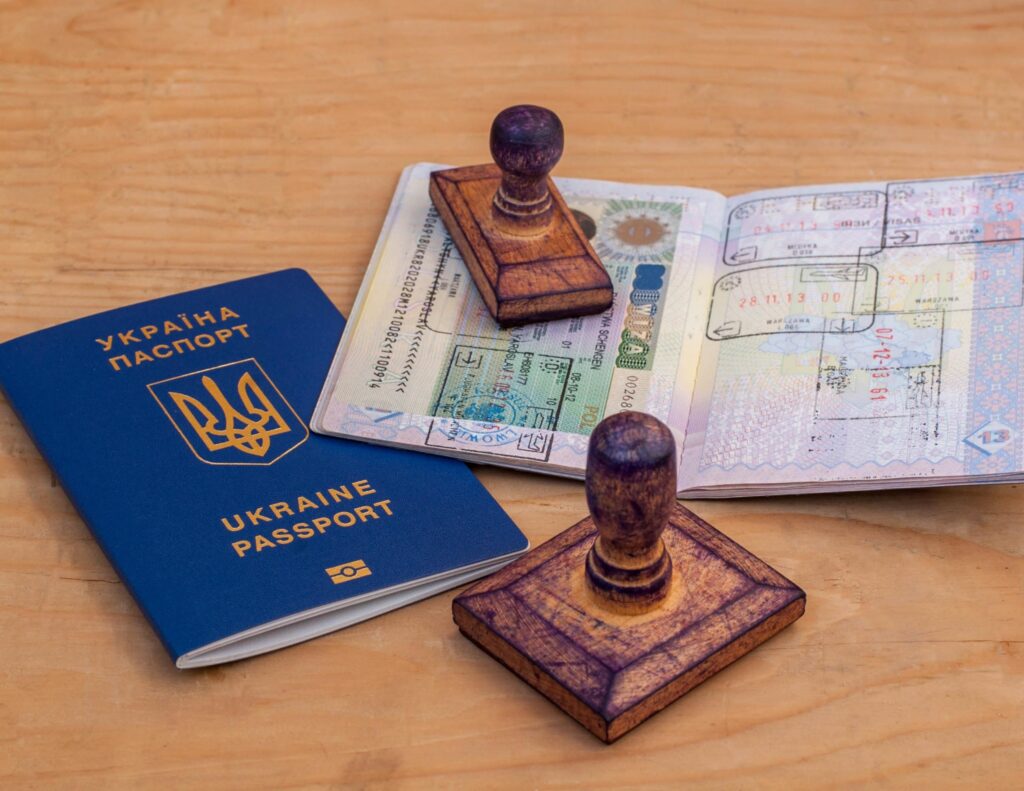
Navigating the University Application Process: A Comprehensive Guide
Applying to universities, especially for international students, can feel like navigating a complex maze. This comprehensive guide breaks down the application process into manageable steps, providing detailed insights and practical advice to help you successfully secure admission to your dream university.
Step-by-Step Guide for Applying to Universities: A Detailed Exploration
1. Research and Select Universities: Defining Your Academic Path
The first and arguably most crucial step is thorough research. Don’t just pick a university based on its name recognition. Dive deep into what each institution offers. Start by identifying universities that offer the specific academic program you’re interested in. A Bachelor’s in Computer Science, a Master’s in Fine Arts, or a PhD in Biology – whatever your passion, make sure the university has a strong program in that area.
Beyond program specifics, consider several factors:
• Rankings and Reputation: While rankings aren’t the only factor, they can provide a general indication of a university’s academic standing and prestige. Look at reputable ranking organizations like QS, Times Higher Education, and ARWU.
• Course Offerings and Curriculum: Examine the specific courses offered within your program. Does the curriculum align with your interests and career goals? Are there opportunities for research, internships, or study abroad programs?
• Faculty Expertise: Research the faculty members in your chosen department. Are they renowned experts in their field? What are their research interests? Having access to accomplished professors can significantly enhance your learning experience.
• Location and Campus Environment: Consider the university’s location. Do you prefer a bustling city or a quiet campus town? Think about the climate, cost of living, and cultural attractions in the area. Also, explore the campus environment. Does the university have the facilities and resources you need, such as libraries, labs, and student support services?
• Tuition Fees and Financial Aid: Tuition fees vary significantly between universities. Research the cost of attendance, including tuition, living expenses, and other fees. Explore scholarship opportunities, grants, and financial aid options offered by the university or external organizations. Many universities offer merit-based scholarships or need-based financial aid.
• Available Scholarships and Funding: Don’t assume you won’t qualify for scholarships. Many universities and organizations offer scholarships specifically for international students. Research these opportunities thoroughly and apply for as many as you are eligible for.
• Student Life and Extracurricular Activities: University is not just about academics. Consider the university’s student life, clubs, organizations, and extracurricular activities. A vibrant campus community can enrich your overall experience.
Create a shortlist of your top choices, considering all these factors. Aim for a balanced list of “reach” schools (highly competitive), “target” schools (good fit), and “safety” schools (likely to accept you).
2. Check Entry Requirements: Ensuring You Meet the Criteria
Each university sets its own specific entry requirements. These requirements can vary significantly depending on the program and the university’s selectivity. Carefully review the admission requirements for each university on your list. Common requirements include:
• Minimum GPA: Universities often require a minimum Grade Point Average (GPA) from your previous academic studies.
• Standardized Test Scores: Many graduate programs require standardized test scores, such as the TOEFL or IELTS for English language proficiency, the GRE (Graduate Record Examinations) for many graduate programs, or the GMAT (Graduate Management Admission Test) for business programs.
• Relevant Work Experience: Some programs, particularly at the graduate level, may require relevant work experience.
• Prerequisite Courses: Certain programs may require you to have completed specific prerequisite courses before applying.
• Portfolio or Writing Samples: Art, design, and writing programs often require a portfolio of your work or writing samples.
Ensure you meet or exceed these requirements before proceeding with your application. If you are unsure about any requirement, contact the university’s admissions office for clarification.
3. Prepare Documents: Assembling Your Application Package
Gathering the necessary documents is a crucial step in the application process. Organization is key here. Keep track of what each university requires and ensure you have all the necessary materials. Common documents include:
• Academic Transcripts: Official transcripts from all your previous academic institutions are essential. These transcripts should be sent directly from your previous school to the university you are applying to.
• Standardized Test Scores: Send your official test scores (TOEFL, IELTS, GRE, GMAT, etc.) directly from the testing agency to the university.
• Letters of Recommendation: Request letters of recommendation from professors, supervisors, or other professionals who can speak to your academic abilities, work ethic, and character. Give your recommenders ample time to write the letters and provide them with relevant information about your application.
• Curriculum Vitae (CV) or Resume: A CV or resume outlining your education, work experience, skills, and extracurricular activities is typically required.
• Personal Statement or Essay: The personal statement is your opportunity to showcase your personality, motivations, and aspirations. Explain why you are interested in the program and the university, and how your experiences and skills make you a strong candidate. This is your chance to make a compelling case for your admission.
• Proof of English Language Proficiency: If English is not your native language, you will need to provide proof of English language proficiency, usually through TOEFL or IELTS scores.
• Portfolio or Writing Samples (If Applicable): If required by your program, prepare a portfolio of your work or writing samples.
• Financial Documents: Some universities may require you to provide proof of your financial ability to cover tuition and living expenses.
4. Submit Applications: The Final Step
Once you have gathered all your documents, complete and submit your applications through the university’s online application portal. Pay close attention to deadlines and submission requirements. Double-check all information before submitting your application. Pay any required application fees.
5. Attend Interviews (If Applicable): Showcasing Your Potential
Some universities, particularly for postgraduate or competitive programs, may require an interview as part of the selection process. Prepare for the interview by reviewing your application, knowing your motivations for studying, and being ready to discuss your goals. Practice answering common interview questions and be confident and enthusiastic in your responses. Dress professionally for the interview, even if it is conducted online.
6. Wait for Admission Decision: Patience is Key
After submitting your application, universities will review all materials and make their admission decisions. This process can take several weeks or even months. Be patient during this time. You can check the application status portal on the university’s website for updates.
7. Accept Offer and Apply for Visa: The Final Hurdles
Once you receive an offer of admission, you will need to confirm your acceptance by the deadline specified by the university. After accepting the offer, you will need to apply for a student visa to study in your chosen country. Check the university’s website for visa instructions and required documents. The visa application process can be complex, so start early and gather all the necessary documents.
Conclusion
Applying to universities is a significant undertaking, but by breaking down the process into these manageable steps and following the advice in this guide, you can increase your chances of success. Remember to be organized, thorough, and persistent. Start your research early, meet deadlines, and don’t be afraid to ask for help if you need it. Good luck with your university applications!



